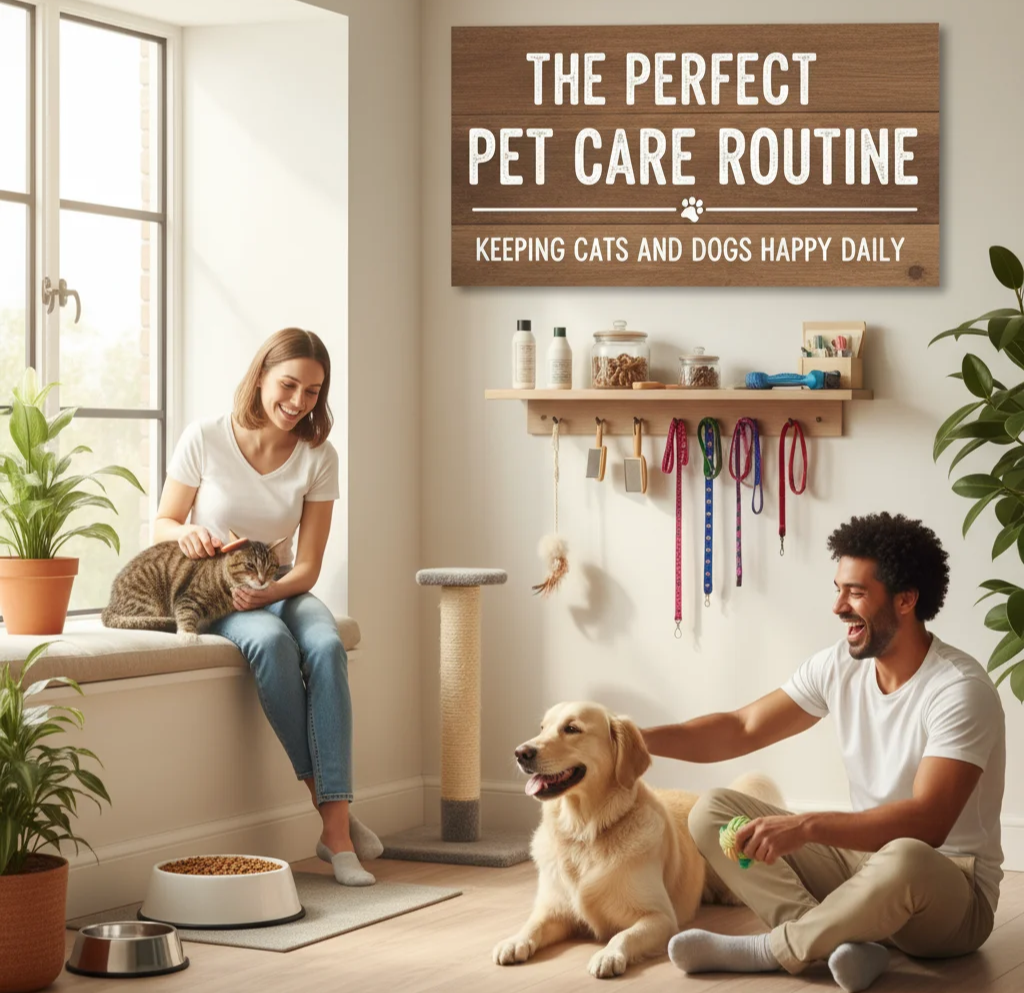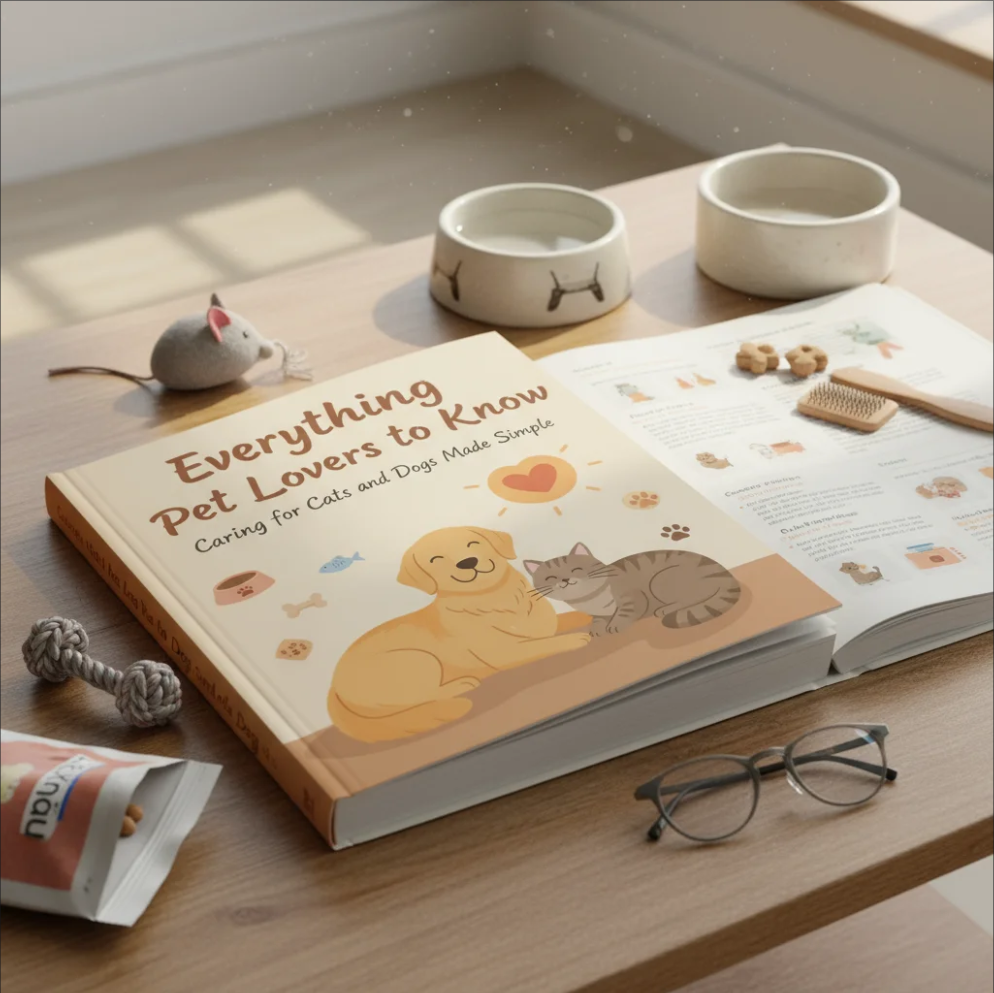Keeping Your Pets Fit: Exercise and Activities for a Healthy Life
Maintaining a pet’s health goes beyond feeding them nutritious meals — regular exercise and stimulating activities are essential for a long, happy life. Just like humans, pets need movement to stay strong, agile, and mentally sharp.
🐕 1. Daily Walks and Outdoor Adventures
Walking isn’t just a physical activity; it’s a mental stimulation opportunity for dogs. Vary routes, explore new parks, and introduce gentle hikes to challenge your pet’s senses. Even cats benefit from outdoor exploration via secure harnesses or cat patios.
🐾 2. Playtime and Interactive Games
Toys, puzzle feeders, and fetch sessions provide both exercise and mental enrichment. Activities like tug-of-war, hide-and-seek, or chasing balls keep pets active, preventing boredom and destructive behavior.
🧘 3. Training Sessions as Exercise
Obedience and agility training double as physical workouts and brain stimulation. Teaching new tricks or practicing commands helps maintain flexibility, coordination, and cognitive function in both dogs and cats.
🌟 4. Social Activities
Playdates, dog parks, or supervised interactions with other pets encourage movement and improve social skills. For pets that enjoy companionship, social exercise can be highly motivating and rewarding.
💡 5. Tailored Exercise Plans
Different pets have different needs. Puppies and kittens require shorter, more frequent sessions, while adult pets benefit from longer, structured routines. Older pets may need gentle stretching and low-impact activities to stay fit.
Consistent physical activity and mental stimulation are key to preventing obesity, improving mood, and extending your pet’s life. By incorporating fun, engaging exercises, you ensure your furry friends are healthy, happy, and thriving.
(more…)

